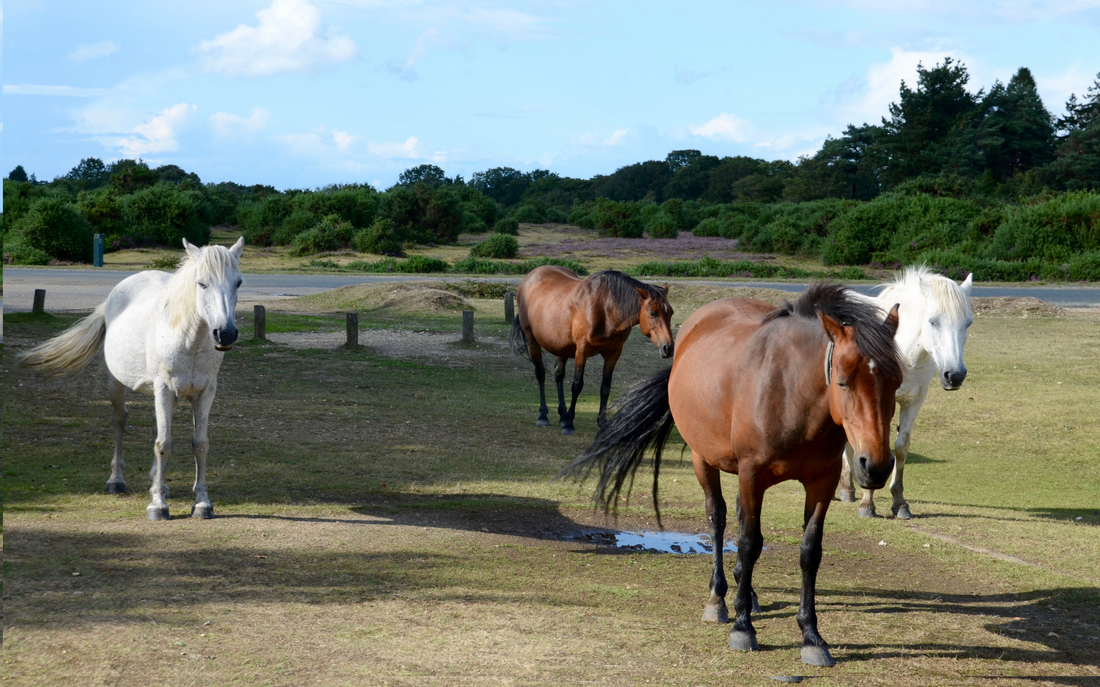What on earth are they?
Crab flies are insects that resemble lice by virtue of having grasping front legs with claws. These enable them to hold onto their prey and move around to find the best feeding sites. They can also fly so can spread easily from host to host, and are well armoured with a very tough outer skeleton, making them incredibly hard to get rid of.

What do they do?
They are blood feeders so they pierce the skin, but horses are particularly averse to the way they migrate across their bodies using their pincer-like claws in a sideways movement (hence their name). They migrate towards warm sweaty areas such as the perineum beneath the anus, udders or sheaths. If a horse hasn’t grown up with them and become accustomed like native New Forest ponies, they are an extreme irritation that most horses literally can’t stand. They can become completely unrideable when a crab fly lands on them.
Where do you find them?
Mainly in the New Forest area of parts of Hampshire, Wiltshire and Dorset but we have had customers recently report that they have seen crab flies in Surrey, Sussex and Oxfordshire. They are slowly increasing their geographical range so may become a nuisance in other areas before too long.

How do you get rid of them?
With difficulty. Very few broad-spectrum insect repellents are an effective treatment against them, and they can be difficult to remove, once attached. We are reliably informed that they need to be pulled off and squashed/popped to get rid of them – they are very tenacious.
What we recommend to use.
We recommend using a repellent with a viscous formula to stop crab flies from landing, attaching, and crawling. An ideal repellent would be one which containing an essential oil (such as Lavandin) which will produce a thicker, slicker consistency therefore making it very difficult for claws to grip.
www.bitebackproducts.co.uk © May 2022


2 comments
Hi, I live in Buckinghamshire and, for the first time in being around and owning horses for 50 yes, I have seen two crab flies in the space of three days. I guess this means they have arrived in Bucks ☹️!
Arrived in Leigh Wiltshire.
Caught and killed one.
Where do they laytbsir eggs?